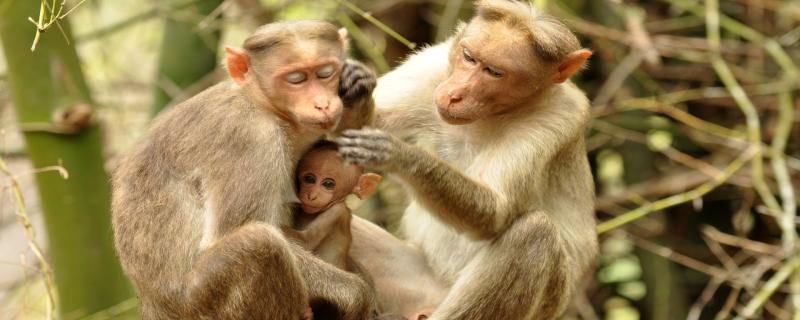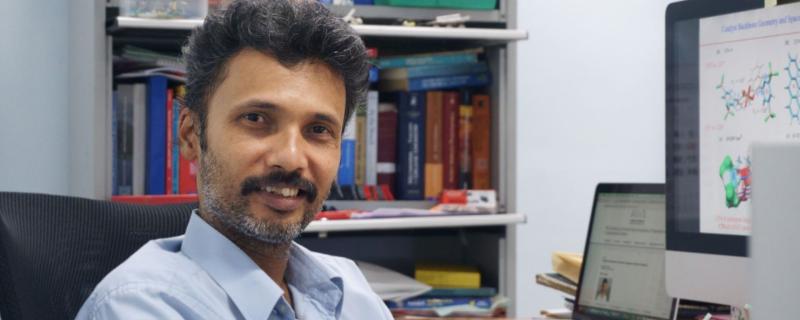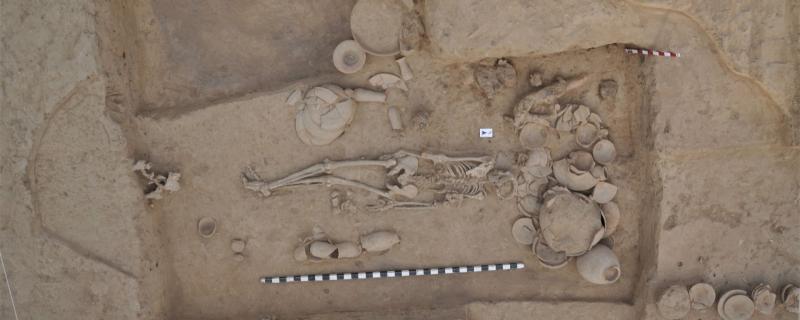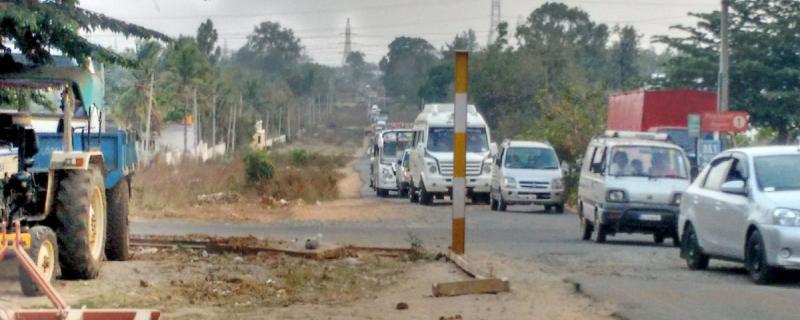A new study by researchers at the WHO attempts to throw some insight into how many boys and girls, between the ages of 11-17 years, are physically active across the globe. The study, published in the journal The Lancet Child and Adolescent Health, analysed data from 1.6 million students in that age group during the years 2001-2016. It found that most adolescent boys and girls—four in five—aren’t as physically active as they ought to be in 2016.
Six researchers under the age of 40 recognized for their seminal contributions across diverse fields.
Bengaluru/ Nov 14, 2024
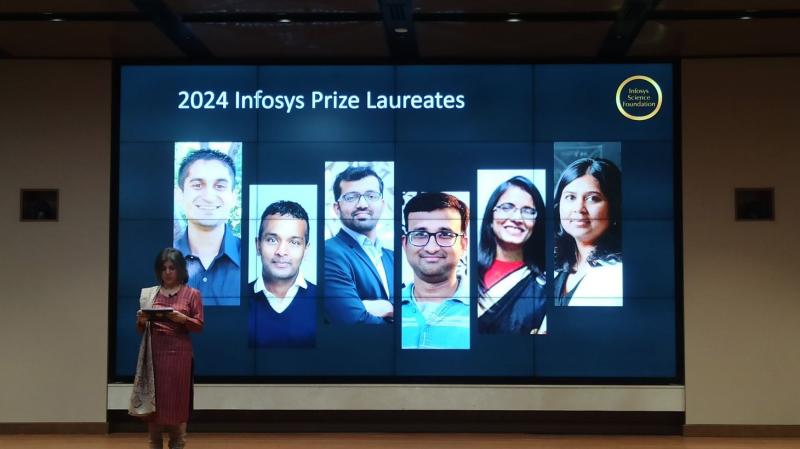
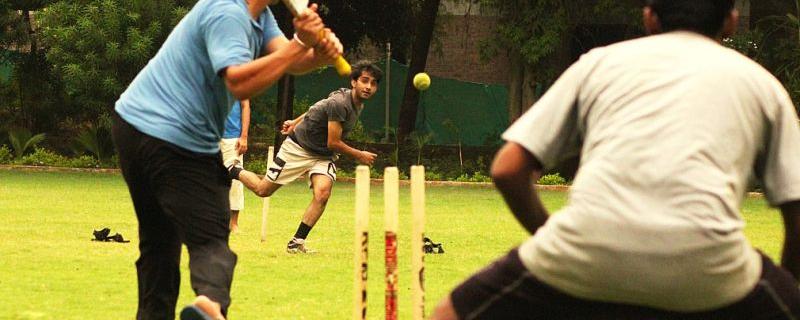

![Participants of the annual bat harvest in Nagaland, India, counting and bundling bats, which will be distributed to male members of the Bomrr clan for consumption [Image credit: Dr Zavei Hiese] On the edge: Bats in northeast India found to carry filoviruses that could spread to humans](/sites/researchmatters.in/files/styles/large_front_800x320/public/bats.jpg?itok=p7IVXnxl)
